The Curse of the Were Rabbit (2005)
Ontzettend leuk vermaak voor jong en oud. Terechte winnaar van de Academy Award 2006 in de categorie Beste Animatiefilm.
Ontzettend leuk vermaak voor jong en oud. Terechte winnaar van de Academy Award 2006 in de categorie Beste Animatiefilm.
Twee weken geleden zond de BBC 2 The man with the golden arm (1955) uit van Otto Preminger. Grafisch vormgever Saul Bass had met de openingsanimatie met uitgeknipte vormen de aandacht getrokken en in de jaren daarop werd hij veel gevraagd voor andere films. In 1959 maakte hij weer de openingsanimatie voor een film van Otto Preminger. In Anatomy of a murder (1959) krijgen de uitgeknipte vormen extra kracht door een ‘autopsie met een schaar’ op het silhouet van een vermoorde man. Gestyleerde silhouetten waren in de tweede helft van de jaren vijftig erg populair. Denk maar eens aan het silhouet van de Schaduw ontworpen door Dick Bruna voor de pockets van Havank.
Via de bovenstaande video op Youtube kwam ik de onderstaande openingsanimatie tegen uit Catch me if you can (2002). Het is een prachtige herinterpretatie van de eenvoudige stijl waarmee Saul Bass eind jaren vijftig beroemd werd. Een goed voorbeeld van postmodern hergebruik. Op de website artofthetitle.com zijn stills te bekijken.
Een van de aardige bijkomstigheden van Anatomy of a murder is dat we James Stewart weer zien, nadat hij voor North by Northwest door Alfred Hitchcock was afgedankt. Na Rear Window, The man who knew tot much en Vertigo zien we hem in zwart-wit. Het wagenpark is sinds Vertigo nauwelijks veranderd en op de Internet Movie Car Data Base hebben liefhebbers 28 modellen gespot.
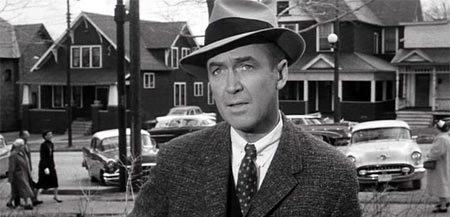
De periode 1870-1930 wordt wel eens The Golden Age of Illustration genoemd. Door het populaire Edwardian Gift Book was het geïllustreerde sprookjesboek in Engeland tot een uitzonderlijk hoog niveau gekomen. De meeste tekenaars die zo’n honderd jaar geleden actief waren, stonden onder invloed van het symbolisme en Jugendstil met zijn geaccentueerde lijnenspel. In deze serie vijf van deze illustratoren uit vijf verschillende landen die in hun unieke beeldtaal bekende sprookjes en sagen visualiseerden: Kay Nielsen, Edmund Dulac, Arthur Rackham, Ivan Bilibin en Harry Clarke.
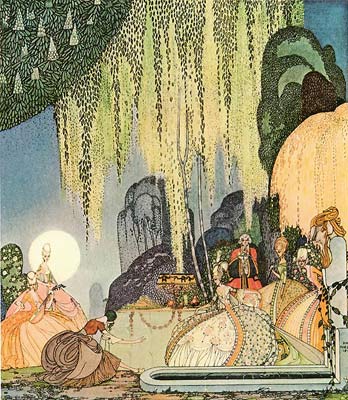
Walt Disney verzamelde voor zijn tekenfilms de grootste talenten die hij kon vinden. Vaak waren dat illustratoren van sprookjesboeken. Voor de achtergronden in Sneeuwwitje (1937) had hij gekozen voor de stijl van de Engelse illustrator Arthur Rackham. Een paar jaar later, tijdens de productie van Fantasia, werd de bekende Deense illustrator Kay Nielsen aangetrokken als art director. Zijn stijl werd gebruikt voor de twee laatste composities in Fantasia: Nacht op de Kale Berg van Modest Moessorgsky en Ave Maria van Franz Schubert.
nielsen.artpassions.net | artsycraftsy.com | Kay Nielsen [ surlalunefairytales.com]
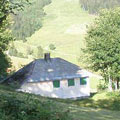 In de voetsporen van Heidegger
In de voetsporen van Heidegger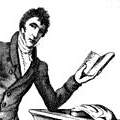 Voetnoten bij de 19e eeuw
Voetnoten bij de 19e eeuw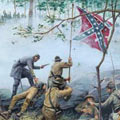 Amerikaanse Burgeroorlog
Amerikaanse Burgeroorlog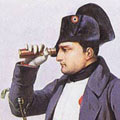 Napoleon en zijn schilders
Napoleon en zijn schilders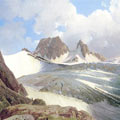 Landschapsschilders uit de Goethezeit
Landschapsschilders uit de Goethezeit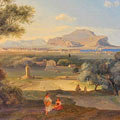 Schilders in Italië
Schilders in Italië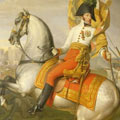 De schilder en zijn broodheer
De schilder en zijn broodheer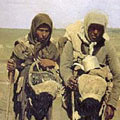 De waakzaamheid van het hart
De waakzaamheid van het hart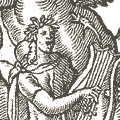 Ovidius’ Metamorphosen
Ovidius’ Metamorphosen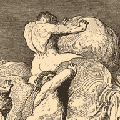 Dantes Divina Commedia
Dantes Divina Commedia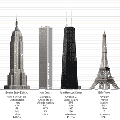 Wolkenkrabbers
Wolkenkrabbers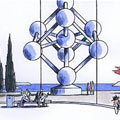 Op zoek naar de atoomstijl
Op zoek naar de atoomstijl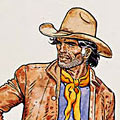 Een avontuur van luitenant Blueberry
Een avontuur van luitenant Blueberry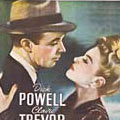 My favourite things
My favourite things